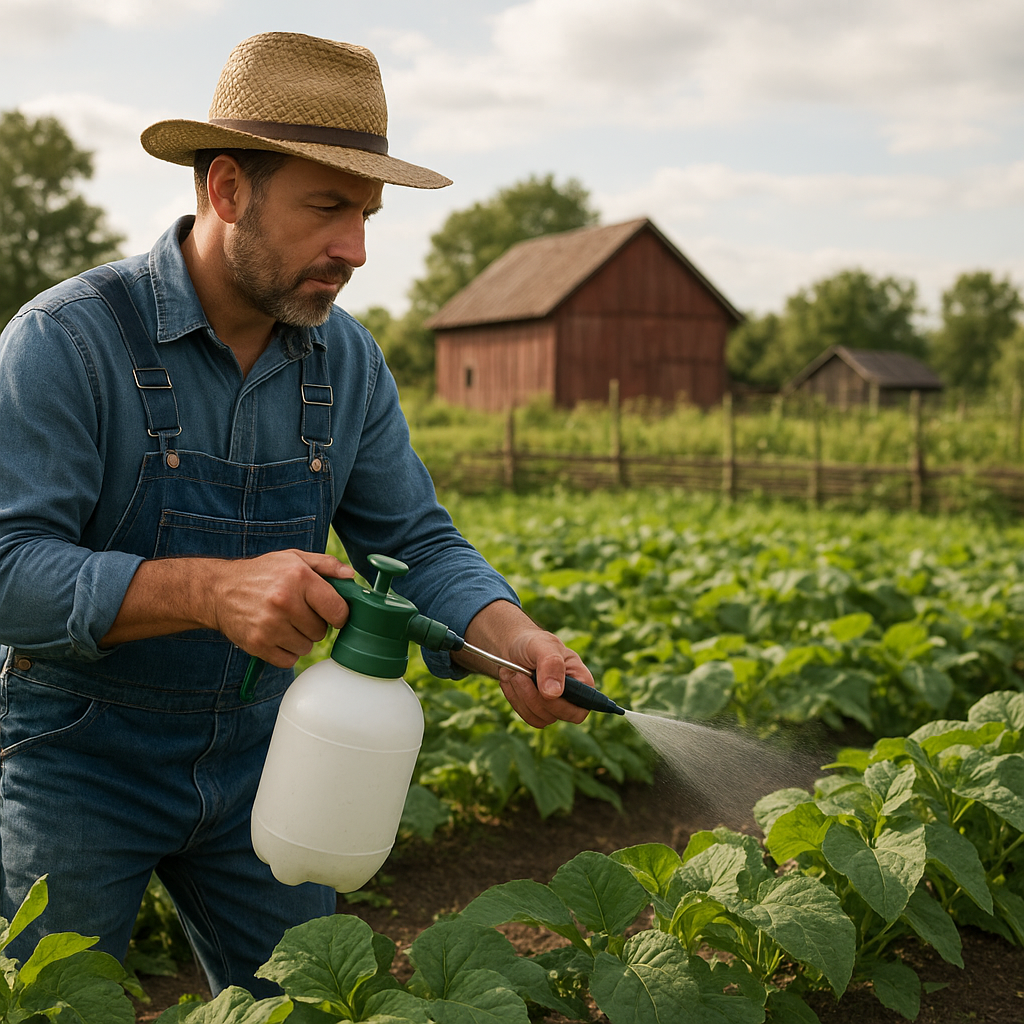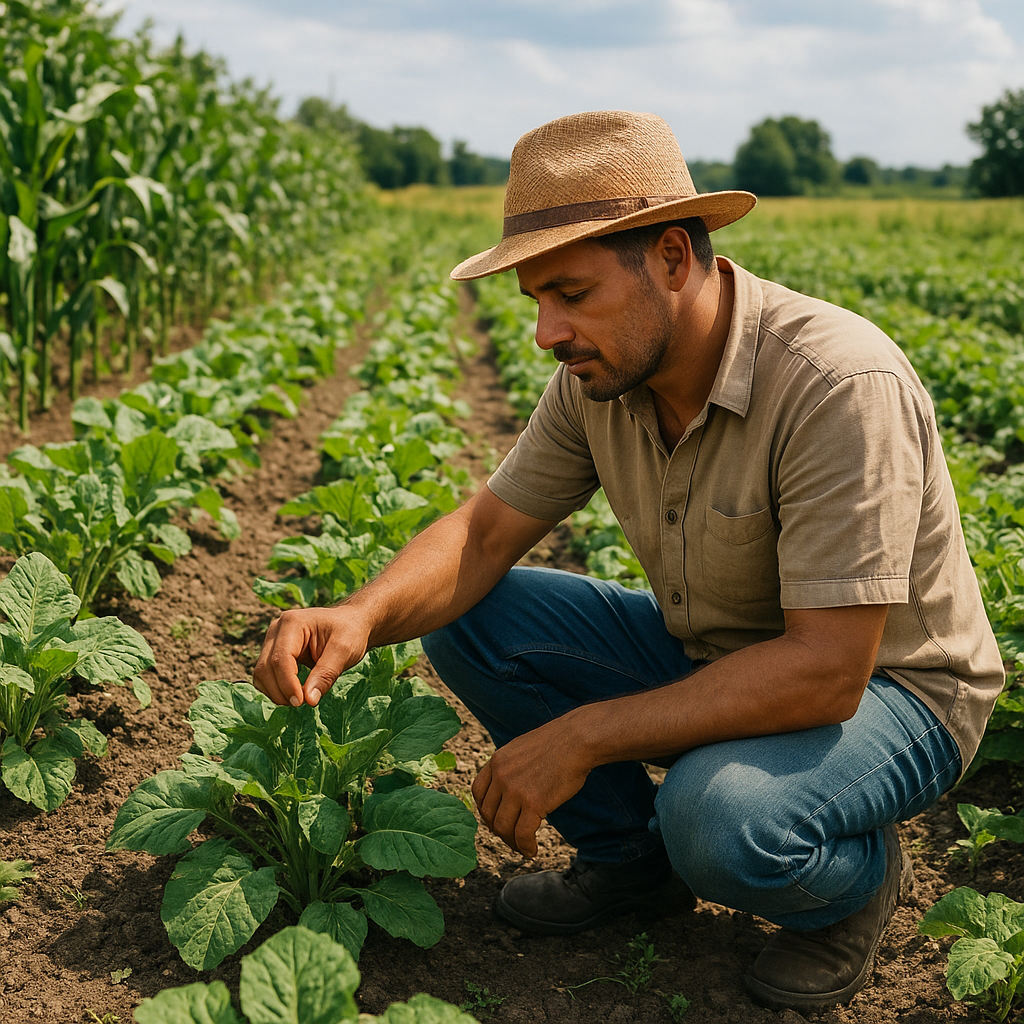
Effective strategies for safeguarding agricultural lands hinge on fostering a balanced ecosystem where harmful invaders remain in check. By adopting holistic tactics rooted in nature, farmers can minimize chemical inputs and cultivate resilient crops. This guide explores diverse methods for protecting your fields from pests while boosting soil fertility, encouraging biodiversity, and maintaining a truly sustainable approach to modern farm management.
Understanding Pest Dynamics and Their Agricultural Effects
Before implementing any intervention, it is vital to recognize common culprits and their life cycles. Insects such as aphids, caterpillars, and mites often thrive under monoculture conditions, while rodents, snails, and slugs can damage seedlings and roots. Fungal pathogens and bacterial blights may also accompany insect feeding, compounding crop loss. Healthy plants under stress are especially vulnerable to opportunistic attacks.
Key Vulnerabilities
- Stressed seedlings with weak root systems
- Excessive moisture promoting fungal growth
- Uniform crop blocks lacking natural deterrents
- Overreliance on broad-spectrum pesticides
Tracking pest populations through regular scouting and trap monitoring reveals infestation hotspots. Detailed records help forecast outbreaks and guide timely interventions that circumvent the need for harsh chemicals. Emphasizing preventive care optimizes yields and safeguards beneficial species.
Embracing Natural Pest Control Techniques
Mechanical, cultural, and biological methods form the backbone of organic pest management. When employed in concert, they establish multiple defense layers that pests struggle to breach.
Mechanical Barriers and Traps
- Floating row covers to exclude leaf-eating insects
- Sticky traps for flying adult pests
- Physical collars around transplant stems to block cutworms
Cultural Practices
- Crop rotation to disrupt pest reproduction cycles
- Intercropping with repellent species like marigold or garlic
- Proper plant spacing to improve air circulation and reduce humidity
- Timely removal of diseased or infested plant material
Biological Allies
- Introducing parasitic wasps and predatory beetles
- Releasing beneficial nematodes into the soil to target larvae
- Using microbial pesticides such as Bacillus thuringiensis (Bt) for caterpillar control
- Creating habitats for ladybugs and lacewings
Together, these tactics reinforce the farm’s natural defenses. Regular integration prevents any single pest from gaining dominance, promoting long-term natural balance.
Cultivating Soil Health and Strategic Crop Rotations
Robust soil forms the foundation of pest resistance. Rich, well-structured soils harbor beneficial microbes that outcompete pathogens and nutrient deficits seldom arise. Farmers should prioritize:
- Composting and green manure additions to boost organic matter
- Reduced tillage to preserve fungal hyphae networks and earthworm populations
- Cover cropping with legumes or grasses to fix nitrogen and suppress weeds
A thoughtfully planned crop rotation sequence thwarts pests specializing in a particular plant family. For instance, rotating solanaceous crops (tomatoes, peppers, eggplants) with legumes and grasses interrupts nematode and fungal cycles. Document rotation schedules and monitor pest incidence data to refine future layouts.
Leveraging Companion Planting and Biodiversity
Enhancing on-farm diversity encourages a web of predator-prey relationships that naturally curbs pests. Companion plant guilds combine species offering multiple benefits:
- Repellent companions (e.g., basil near tomatoes)
- Trap crops to draw pests away from main plantings
- Flower strips to feed pollinators and predatory insects
- Hedgerows for bird perches and pollinator corridors
Mixed-species hedges and multilayered plantings foster stronger biodiversity, supporting an array of beneficial predators such as birds, spiders, and predatory insects. A diverse environment dilutes the chemical signals pests use to locate their targets, reducing infestation intensity.
Monitoring, Adaptation, and Integrated Approaches
Adopting an integrated pest management mindset unites monitoring, cultural controls, biological releases, and, when necessary, targeted organic sprays. Key steps include:
- Routine patrols to chart pest trends over time
- Threshold-based interventions to minimize non-target impacts
- Selective application of botanical extracts (e.g., neem, pyrethrum)
- Continuous evaluation of method efficacy to adapt protocols
Combining these measures aligns with the goal of a thriving, sustainable enterprise. By harnessing the synergy of soil care, crop diversity, and natural enemies, farmers can protect harvests with minimal synthetic inputs.
Practical Tips for Implementation
- Start small: trial new approaches on a plot before broad scale adoption
- Engage local extension services for region-specific pest information
- Maintain a field journal to log pest sightings, weather patterns, and treatment outcomes
- Connect with fellow growers to exchange insights and seed for lesser-known companion species
- Invest in quality compost and worm castings to boost microbial communities

